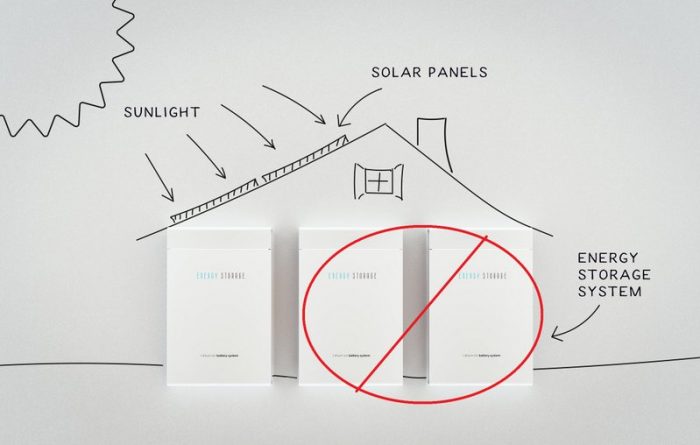
From small to large-scale applications, the popularity of battery-based off-grid and grid-connected backup systems has grown considerably worldwide. With that, the demand for larger, higher capacity systems has also grown.
Although lead-acid battery banks are certainly scalable to suit the needs of most residential and commercial applications, battery technologies such as lithium-ion now offer customers an alternative with higher charge efficiency and fast discharge capability in a smaller footprint.
The introduction of lithium-ion batteries into the residential energy storage space has brought with it a new set of challenges. Faulty or damaged lithium-ion cells can lead to thermal runaway reactions which, like dominos, affect adjacent cells and can result in fire. As the size of these systems increases, so does the risk of igniting combustible off-gasses and potential explosion.
This lithium-ion thermal runaway risk has triggered new regulations that would impose severe restrictions on residential system sizing and the location of the energy storage systems (ESS) in relation to the home and other system components as well as mandatory protections related to fire suppression in the event of thermal runaway
While these considerations and protections are necessary for lithium-ion technology, many of these safety concerns do not apply when using traditional lead-acid batteries.
NFPA 855 overview
In 2019, the National Fire Protection Association (NFPA) published NFPA 855, the first fire protection standard for stationary ESS. Traditionally, battery-based residential systems were much smaller than what is allowed under the NFPA 855. This newly created standard specifies the mandatory requirements for overall monitoring and management of ESS for hazard mitigation to mitigate thermal runaway risks.
The biggest changes have been in the maximum stored energy for ESS and where they may be installed.
Considering the added fire risks, residential ESS systems using lithium-ion, flow and sodium nickel chloride batteries are limited to 600 kWh and, in many cases, ESS sized over 20 kWh would no longer be installed in the home or attached garage. The new regulations would require that larger ESS must be installed in a separate dedicated building with fire detection and suppression systems, and have limited access for personnel familiar with their operation, maintenance and testing.
These changes will address safety concerns with respect to thermal runaway and adequate fire suppression. However, the days of basements or garages lined with large battery-based systems will soon come to an end – no matter the battery chemistry. Customers should expect to see a rise in the cost of ESS installations as installers adapt to meet these new requirements.
The requirements for larger ESS have changed significantly.
ESS over 20 kWh in size is also subject to testing in accordance with UL 9540 and UL 9540A for fire testing and propagation. Manufacturers must complete this testing on products offered for use in this space as they will need to follow these new regulations upon inspection.
UL 9540 issues for lead-acid batteries
These new regulations would apply to large-scale ESS regardless of the chosen battery technology. Although the maximum stored energy (kWh) is unlimited when installing traditional lead-acid batteries, UL9540 and UL9540A requirements for the system would still apply.
As described, an ESS is a system that offers the ability to store energy for use as needed. The system includes all of the components including inverter/chargers as well as electrochemical cells (batteries) used for storage.
Currently, one of the key challenges faced by traditional lead-acid battery manufacturers is in meeting UL 9540 and UL 9540A compliance when the battery itself is not a full ESS and cannot be tested as such.
Unlike a typical lithium-ion battery, which includes an internal battery management system to regulate cell charge, discharge and monitoring of operating conditions, a traditional lead-acid battery is simply that – a battery. To meet the new regulations, lead-acid batteries must be tested in conjunction with other system components – a requirement which is not only time-consuming but costly and will ultimately dictate the cost of energy storage as we move forward.
Conclusion
Deep cycle lead-acid batteries have played a key role in the inception and ongoing growth of the renewable energy industry. Many of the popular batteries chosen by installers today have carried over from other industries such as marine, industrial and motive power applications. Lead-acid batteries continue to offer the most economical and lowest cost per kWh energy storage solution for most residential systems due to their relatively low cost of manufacturing, availability and high rate of recyclability. The regulations of NFPA 855 could drastically change all of that, even though the risks related to thermal runaway do not apply.
Jeff Myles is marketing manager of Rolls Battery.
— Solar Builder magazine

Leave a Reply
You must be logged in to post a comment.